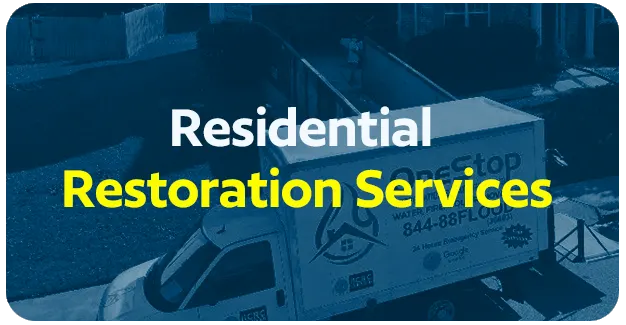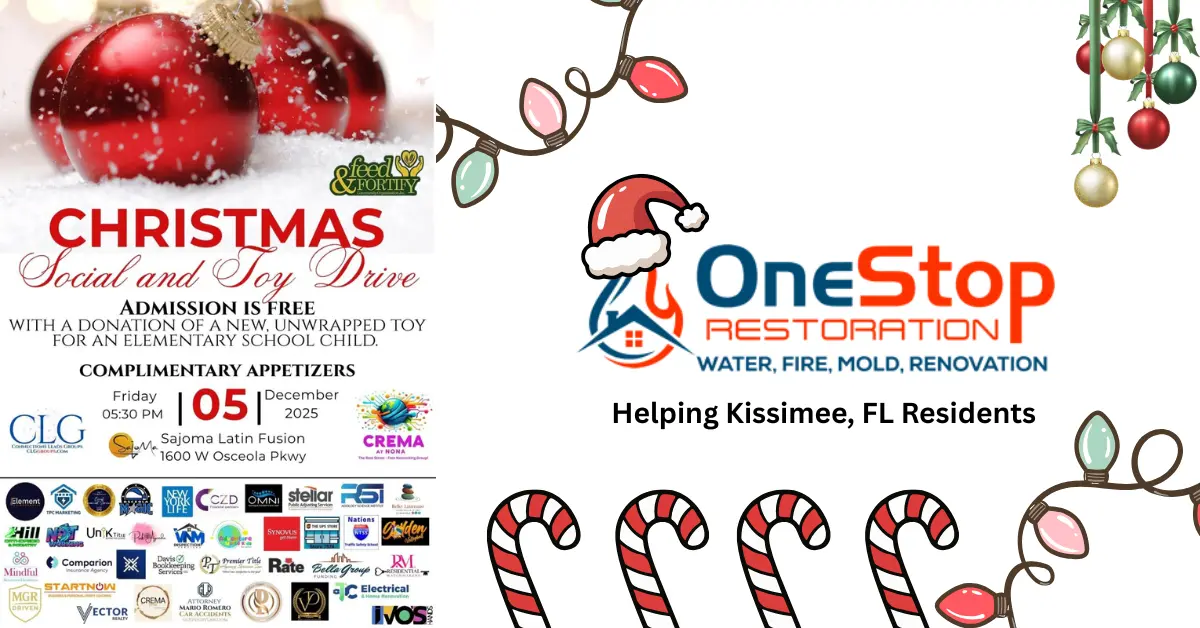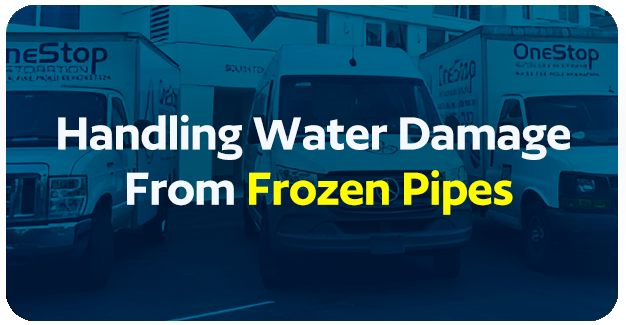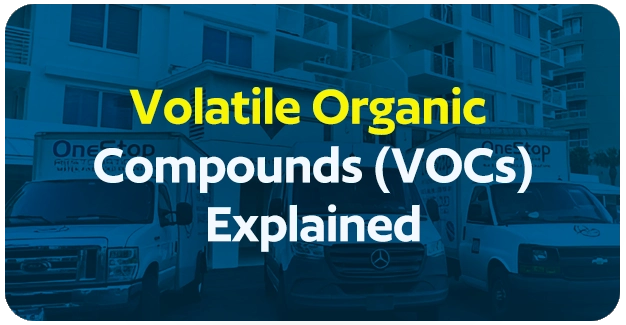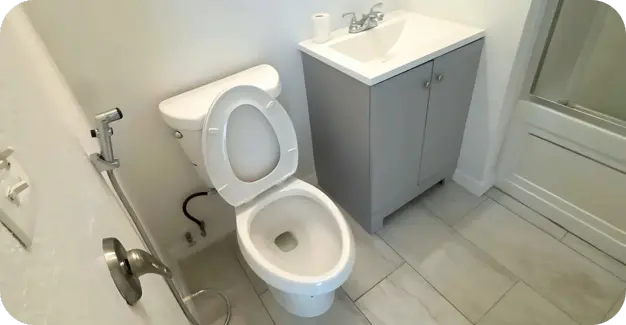
Nobody wants to deal with water problems in their home. But here’s the thing – when pipes burst or floods happen, you need to know what you’re looking at financially. The cost of water damage restoration varies wildly based on several factors. Let’s break down what you can expect to pay this year, so you’re not caught off guard when disaster strikes.
Cost Factors Affecting Water Damage Restoration in 2025
Several things impact what you’ll pay for cleanup and repairs. First up, the source matters big time. Clean water from a broken supply line costs way less to handle than sewage backup. The size of the affected area obviously plays a huge role too.
How quickly you act changes everything. Wait too long, and you’re looking at mold growth, which adds thousands to your bill. Materials in your home matter as well. Hardwood floors and drywall react differently to moisture. Labor rates in your area affect the final price too. Urban areas typically charge more than rural locations for the same work.
Why The Cost Of Water Damage Restoration Matters
Understanding pricing helps you make smart decisions fast. Insurance companies often lowball initial estimates, so knowing real costs protects you. When you understand the cost of water damage restoration, you can spot fair quotes versus ripoffs.
This knowledge also helps with prevention planning. Sometimes spending $500 on prevention saves you $5,000 in repairs later. Plus, you’ll know when DIY makes sense versus calling professionals. Small issues might be manageable, but major flooding needs expert help. Having realistic expectations prevents sticker shock and helps you budget properly for emergencies.
Average Cost of Water Damage Repair Per Square Foot
Most homeowners pay between $3 and $15 per square foot for cleanup. Clean water situations hover around $3-4 per square foot. Gray water (from appliances) runs $4-7. Black water (sewage) jumps to $7-15 or more.
These numbers cover basic extraction and drying. Add another $1-3 per square foot for antimicrobial treatments. Structural repairs aren’t included in these figures either.
National Average Cost Data for Professional Water Damage
Looking at nationwide data, the typical cost of a water damage restoration project runs $3,000-8,000. Here’s what most people actually pay:
- Minor incidents (one room): $1,500-3,000
- Moderate damage (multiple rooms): $3,000-7,000
- Major flooding (whole floor): $7,000-15,000
- Severe cases (entire home): $15,000-30,000+
Remember, these are averages. Your specific situation might cost more or less depending on various factors.
Flood Restoration vs Standard Water Damage Repairs
Floods and regular water issues are totally different beasts. Flood water contains contaminants that require special handling. The cost of water damage restoration for floods typically runs 25-50% higher than standard repairs.
Floods affect foundations, electrical systems, and HVAC equipment. Standard leaks usually stay localized. Flood cleanup requires specialized equipment and certifications. Insurance coverage differs too – homeowners insurance rarely covers floods. You need separate flood insurance for that protection. The cleanup timeline stretches longer with floods, meaning more temporary housing costs.
Guide to Water Damage Restoration Costs: Key Takeaways for Homeowners
Here’s what smart homeowners need to remember about the cost of water damage restoration. Act fast – every hour counts and saves money. Get multiple estimates before choosing a company. Document everything with photos and videos for insurance claims.
Don’t skip the drying process to save money. Incomplete drying leads to mold, which doubles your costs later. Check if your insurance covers additional living expenses during repairs. Many policies include this coverage, but people forget to use it. Finally, keep emergency funds ready. Even with insurance, you’ll face deductibles and uncovered expenses.
Understanding the cost of water damage restoration helps you handle emergencies confidently. Stay prepared, act quickly, and choose qualified professionals when needed.
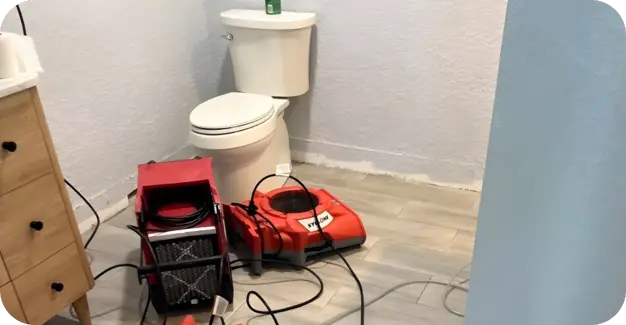
Will my homeowner's insurance cover restoration costs?
Most standard policies cover sudden incidents like burst pipes, but not gradual issues or floods. Check your policy’s specific language about covered perils. Separate flood insurance is essential in flood-prone areas. Document everything thoroughly, file claims immediately, and consider hiring a public adjuster for large claims. Your deductible typically ranges from $500-2,500, which you’ll pay out-of-pocket first.
Can I handle small cleanup projects myself?
Minor incidents under 25 square feet might be DIY-manageable if you act within 24-48 hours. You’ll need fans, dehumidifiers, and moisture meters minimum. However, contaminated sources, electrical concerns, or structural issues require professionals. DIY mistakes often lead to mold growth, costing thousands more later. When in doubt, at least get a professional assessment. Safety and proper drying matter most.
What preventive measures save the most money long-term?
Regular maintenance prevents costly emergencies. Inspect appliance hoses annually, replacing them every 5 years. Install leak detectors near appliances and pipes. Clean gutters twice yearly to prevent overflow. Know your main shutoff valve location. Consider smart sensors that alert your phone about leaks. These simple steps, costing under $500 total, prevent incidents averaging $8,000 in restoration expenses.





